The Indigenous People of Patagonia History Tour invites travelers to explore a unique tapestry of culture and history among the indigenous communities of the region. Participants will encounter the Museum of Patagonia, where artifacts tell stories of traditional practices and sustainable living. Alongside visits to iconic sites like the Cathedral of Our Lady of Nahuel Huapi and the breathtaking Nahuel Huapi Lake, the tour emphasizes the resilience and contributions of these communities. But what truly lies behind the artifacts and landscapes? The answer unfolds through the experiences shared by those who journey through this remarkable land.
This experience made our list of the 9 Best Tours In San Carlos De Bariloche.
Key Points
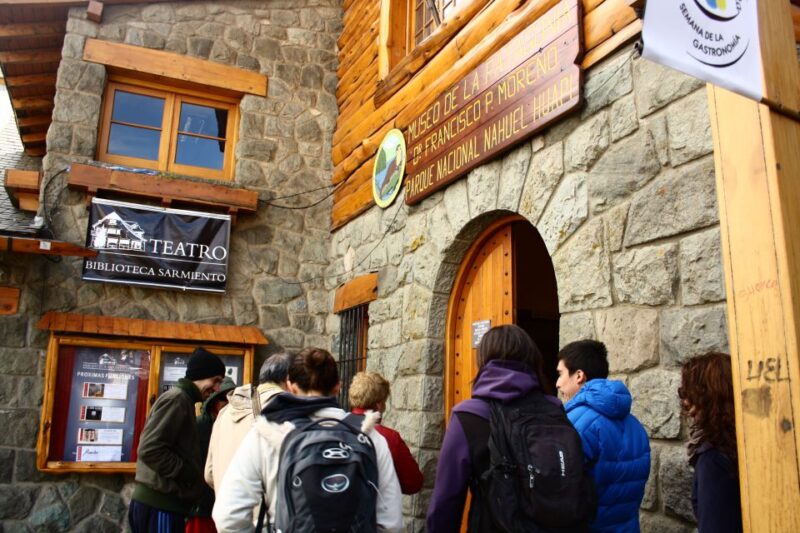
- The tour offers insights into the cultural heritage and history of Patagonia’s indigenous peoples, showcasing their traditions and practices.
- Participants explore the Museum of Patagonia, which houses diverse artifacts reflecting indigenous communities’ lifestyles and sustainable practices.
- Scenic views of glacial valleys and Nahuel Huapi Lake enhance the understanding of the natural environment’s impact on indigenous cultures.
- The guided tour includes visits to significant sites like the Cathedral of Our Lady of Nahuel Huapi, emphasizing local architectural heritage.
- Flexible booking options, including free cancellations and return visits to the museum, accommodate diverse traveler needs.
Tour Overview
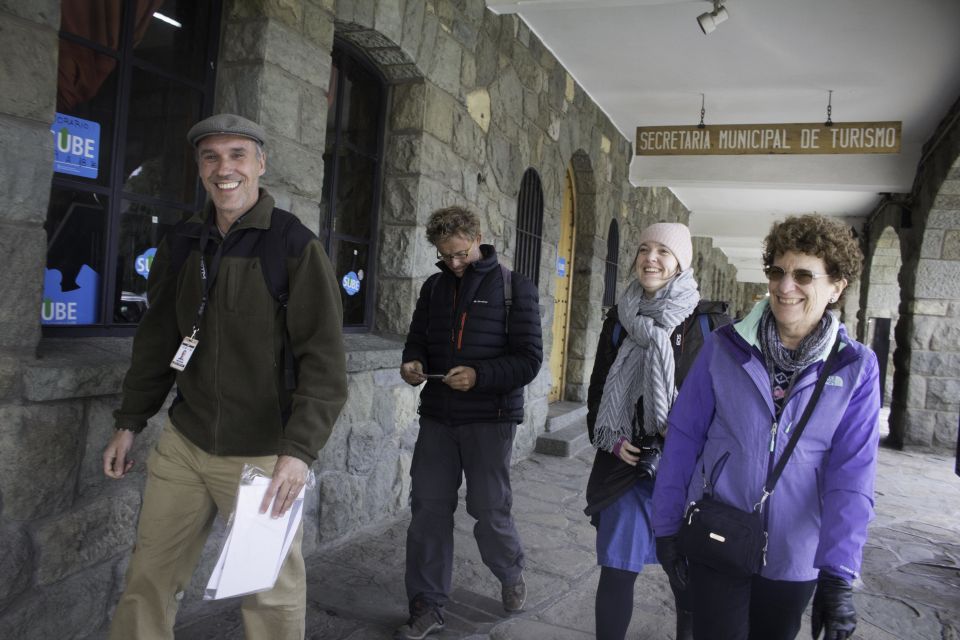
This engaging Indigenous People of Patagonia History Tour offers a fascinating glimpse into the region’s rich cultural heritage for just £22.85 per person.
Spanning 1.5 hours, the tour is designed for both English and Spanish speakers, making it accessible to a wide audience. Participants meet at the tourist information office in Centro Civico Square, Bariloche, where they embark on a historical walking journey.
The tour provides a unique opportunity to learn about the indigenous peoples of Patagonia, their traditions, and their history. With a professional guide leading the way, visitors can expect an informative and engaging experience.
Plus, there’s a free cancellation policy, allowing travelers to plan confidently without the fear of losing their investment.
You can also read our reviews of more tours and experiences in San Carlos De Bariloche.
Experience Highlights
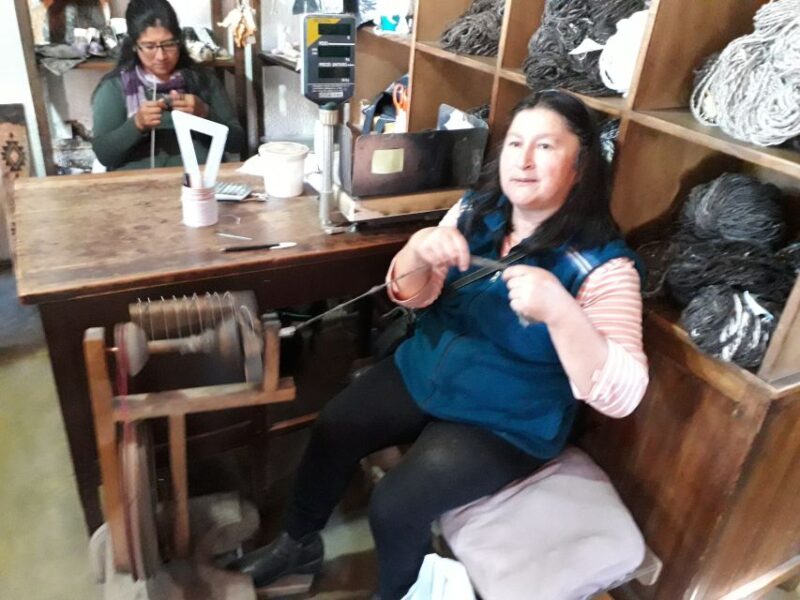
Participants will enjoy a guided exploration of the Museum of Patagonia, which has been showcasing the region’s history since 1940. This tour provides a unique opportunity to explore the rich cultural heritage of Bariloche and its indigenous peoples.
Experience highlights include:
-
An informative walk through the museum’s extensive collections of fossils, tools, and implements.
-
A chance to revisit the museum with an entry ticket that allows for multiple visits.
-
A visit to the breathtaking Cathedral of Our Lady of Nahuel Huapi, renowned for its stunning stained glass windows.
-
Scenic views of glacial valleys from the picturesque Nahuel Huapi Lake.
These experiences create a memorable and enriching journey through Patagonia’s history.
Museum of Patagonia

The Museum of Patagonia serves as a vital repository of the region’s history, showcasing a diverse array of artifacts that highlight the rich cultural heritage of indigenous peoples and the natural history of the area.
Established in 1940, the museum invites visitors to explore its extensive collections, which include fossils, tools, and everyday implements used by the indigenous communities.
These exhibits not only educate the public but also celebrate the enduring traditions and practices of Patagonia’s first inhabitants.
With an entry ticket allowing for return visits, guests can enjoy this fascinating history at their own pace.
As part of the Indigenous People of Patagonia History Tour, the museum experience enriches understanding of the region’s unique past.
Historical Significance
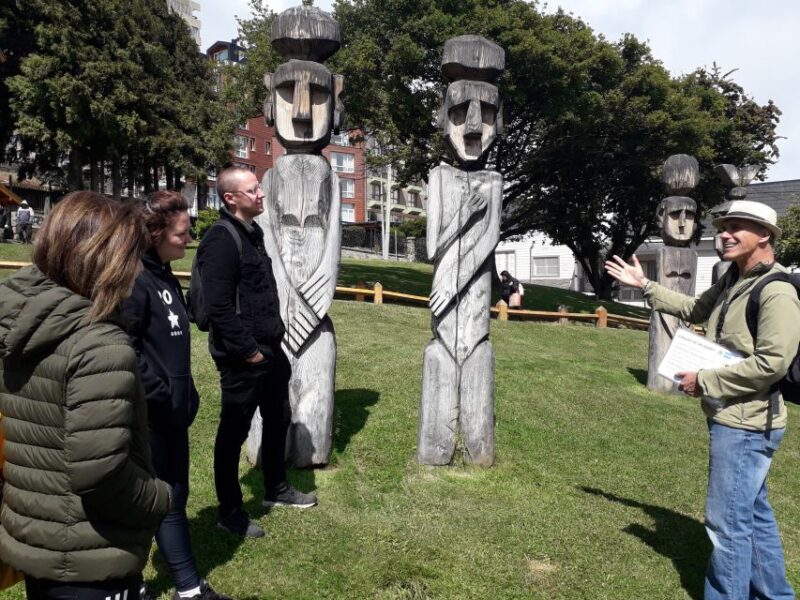
Understanding the historical significance of Patagonia’s indigenous peoples reveals a rich tapestry of cultural practices and resilience that have shaped the region’s identity over centuries. Their history is marked by:
-
Cultural Diversity: Various tribes, each with unique languages and traditions, contributed to a vibrant cultural landscape.
-
Sustainable Practices: Indigenous communities mastered sustainable living, utilizing local resources while preserving their environment.
-
Resistance and Adaptation: Despite colonization, these peoples demonstrated remarkable resilience, adapting to changing circumstances while maintaining their identity.
-
Cultural Heritage: Traditional storytelling, art, and rituals continue to influence modern Patagonian culture, showcasing a deep connection to the land.
These elements underscore the importance of recognizing and honoring the contributions of indigenous peoples to Patagonia’s rich heritage.
More Great Tours NearbyScenic Attractions
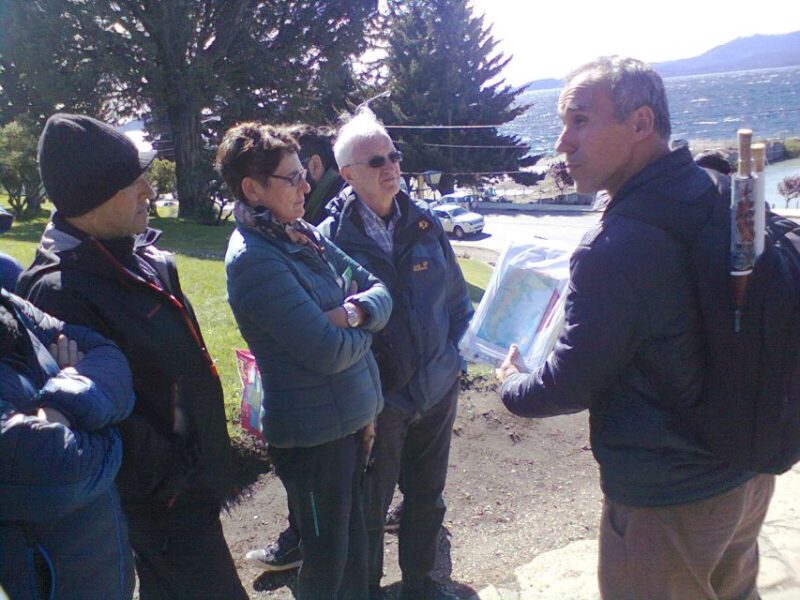
Patagonia’s breathtaking landscapes serve as a stunning backdrop to the rich cultural heritage of its indigenous peoples, offering visitors a unique blend of natural beauty and historical significance. Tourists can explore various scenic attractions, including glacial valleys and pristine lakes that enhance the experience of learning about the region’s indigenous history.
| Scenic Attraction | Description |
|---|---|
| Nahuel Huapi Lake | Offers stunning views and recreational activities. |
| Cathedral of Our Lady of Nahuel Huapi | Features exquisite stained glass windows and architectural beauty. |
| Museum of Patagonia | Showcases the rich history and artifacts of indigenous cultures. |
These sites not only captivate the eyes but also deepen the understanding of Patagonia’s indigenous heritage, making it a truly enriching experience.
Customer Feedback
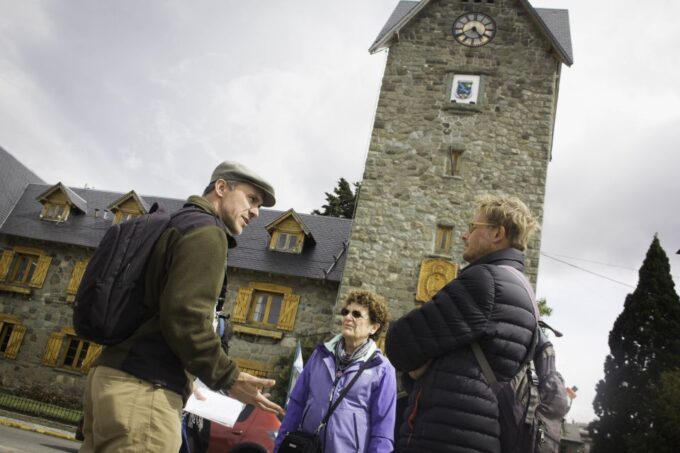
Customer reviews highlight an overall satisfaction rating of 5/5, reflecting the tour’s exceptional value and engaging presentation by knowledgeable guides.
Tourists appreciate various aspects of their experience, including:
-
Value for Money: Guests feel the price aligns well with the quality of the tour.
-
Knowledgeable Guides: Many commend the guides’ expertise and ability to make history come alive.
-
Smooth Organization: Attendees mention the tour’s seamless coordination, enhancing their enjoyment.
-
Engaging Content: Reviewers note the fascinating insights into the indigenous cultures of Patagonia.
This positive feedback emphasizes the tour’s ability to leave a lasting impression and enrich visitors’ understanding of Patagonia’s rich history.
Booking Information
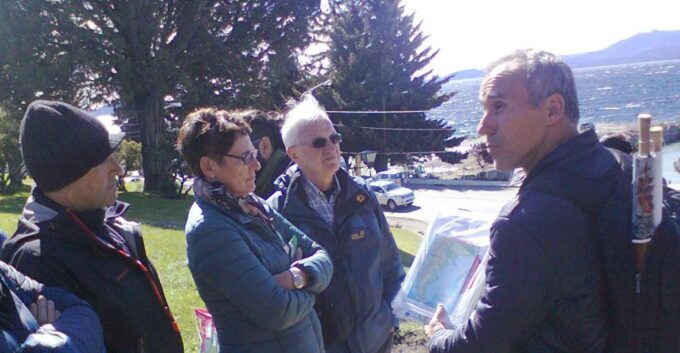
Booking for the Indigenous People of Patagonia History Tour is easy, offering a reserve now and pay later option to accommodate travelers’ needs. Interested participants can check availability for specific dates and times through the tour’s website.
The tour begins at the Tourist Information Office in Centro Civico Square, Bariloche, making it convenient for those staying in the area. With a starting price of just £22.85 per person, it provides great value for an enriching experience.
Travelers can cancel their bookings up to 24 hours in advance for a full refund, ensuring flexibility in their plans. The tour lasts 1.5 hours and is available in both English and Spanish, catering to a diverse audience.
Additional Tips
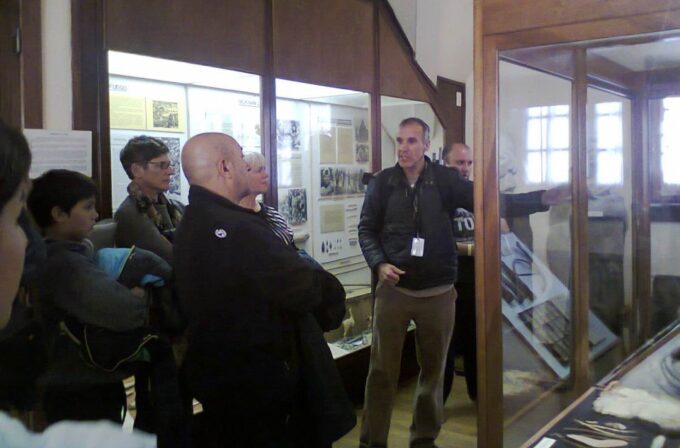
To enhance the experience of the Indigenous People of Patagonia History Tour, participants should consider arriving a bit early to explore the surrounding area and soak in the local atmosphere.
Here are some additional tips to make the most of the tour:
-
Wear comfortable shoes – The walking tour involves navigating various terrains.
-
Bring a camera – Capture the stunning views and rich history.
-
Stay hydrated – Bring a water bottle, especially during warmer months.
-
Engage with the guide – Don’t hesitate to ask questions; they’re knowledgeable and eager to share more.
Frequently Asked Questions

Are There Age Restrictions for Participating in the Tour?
There aren’t any specific age restrictions for participating in the tour. Families can join together, enjoying the experience. It’s designed to be accessible and engaging for all ages, ensuring everyone benefits from the historical insights.
What Should I Wear for the Historical Walking Tour?
For a historical walking tour, he recommends wearing comfortable shoes, dressing in layers, and bringing a light jacket. Weather can change quickly, so being prepared ensures an enjoyable experience while exploring the fascinating surroundings.
Can I Bring Children on the Tour?
Yes, families can bring children on the tour. It’s designed to be educational and engaging for all ages, ensuring a memorable experience while exploring the rich history and culture of the region together.
Is There a Restroom Available During the Tour?
During the tour, there aren’t restrooms available. Participants should plan ahead and use facilities before starting. The guide ensures everyone stays comfortable while exploring the rich history and stunning landscapes of the area.
Are Food and Drinks Allowed on the Tour?
Food and drinks aren’t allowed on the tour. Participants should enjoy the experience without snacks or beverages, ensuring the focus remains on the rich history and beautiful scenery without distractions or mess.
Recap
The Indigenous People of Patagonia History Tour offers an enriching experience that connects participants with the vibrant culture and history of Patagonia’s indigenous communities.
Through visits to the Museum of Patagonia and stunning natural landmarks, travelers gain valuable insights into traditional practices and the region’s breathtaking landscapes.
This journey not only educates but also fosters appreciation for the resilience and contributions of these communities.
It’s a must for anyone looking to deepen their understanding of Patagonia’s unique heritage.
You can check availability for your dates here:More Tours in San Carlos De Bariloche
More Tour Reviews in San Carlos De Bariloche
- Bariloche: Full-Day El Bolsón and Puelo Lake Tour
- San Martín De Los Andes via the 7 Lakes
- Andean Crossing: San Carlos De Bariloche to Puerto Varas
- Bariloche: Circuito Chico With Optional Cerro Catedral
- Shared Transfer One Way – Bariloche Airport to Hotel or V.V.
- Bariloche: Full-Day El Bolsón and Puelo Lake Tour
Not for you? Here's more nearby things to do in San Carlos De Bariloche we have reviewed
- 9 Best Tours In San Carlos De Bariloche
- 3 Best Airport Transfers In San Carlos De Bariloche
- Bariloche: Full-Day El Bolsón and Puelo Lake Tour
- San Martín De Los Andes via the 7 Lakes
- Andean Crossing: San Carlos De Bariloche to Puerto Varas
- Bariloche: Circuito Chico With Optional Cerro Catedral
- Shared Transfer One Way – Bariloche Airport to Hotel or V.V.
- Bariloche: Full-Day El Bolsón and Puelo Lake Tour
- Bariloche: 4-Hour Cerro Catedral Base Tour
- San Martín De Los Andes via the 7 Lakes
- Bariloche: Half Day Kayak to Nahuel Huapi or Moreno Lakes
- Crossing to Puerto Blest and Cascada De Los Cántaros
